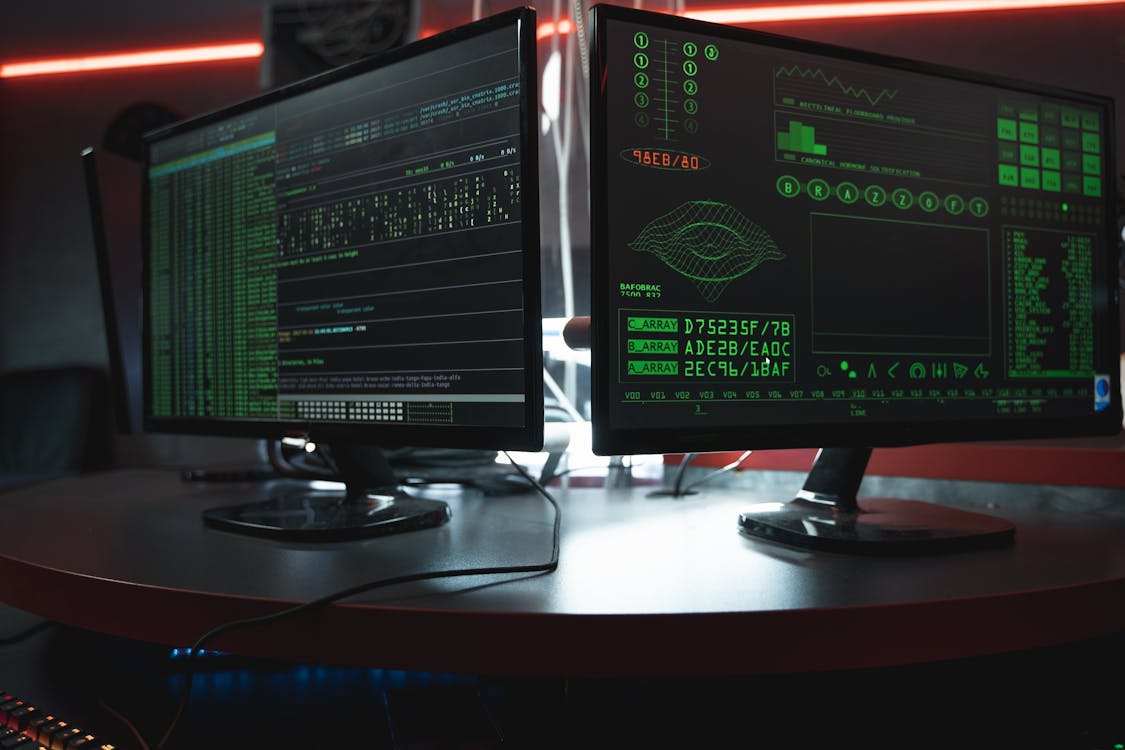11 Dec Hacked once? It can happen again
Cyber attackers will attempt a second network strike, study shows

If your business was unfortunate enough to sustain a cyberattack, it can happen again. It’s easy to assume that once hackers roll through and harm a network, they’re essentially done, but that’s not the case. Worse yet, it’s even after an enterprise network has taken the necessary steps to further defend itself from intrusions.
It’s tempting to find comfort in that fact, the idea that attackers aren’t interested after the first strike – successful or no. But a recent analytical report conducted by Cyber Front Lines revealed just the opposite. Unsurprisingly and according to the report, 63% of attacks were for monetary gain.
79 days was the average time an intruder had uncompromised access to a network, according to CFL.
Why do they happen multiple times?
Though the exact motives aren’t known, they aren’t hard to guess, either. Financial reward and hopes that a business has not enacted proper changes are no doubt huge motivators for a second malicious attack. After all, why not? Intrusions can yield a serious payday with methods like ransomware, and if a business didn’t learn the first time, it’s worth striking again.
What to do in the aftermath
By aftermath, we mean strike one. Because a second cyber attack demonstrates a business network hasn’t performed the correct steps to improve its defenses. Therefore, it’s critical to shore up glaring weak spots after the fact.
There are some standard methods to apply ASAP post network intrusion. For example, exchanging and updating all passcodes is essential. If not already, setting up multi-factor authentication is a simple but powerful step for developing improved defenses.
It’s also important to set up an in-depth report to understand how the intrusion occurred. Details should include the time and date, where the attack happened on a network, and what digital property was harmed in the process. Additionally, reporting on how the business responded (good or bad) helps provide a skeleton of analyses. Without that data, it’s hard to build better, resilient methods.
Using an MSP for help
Even with the best intentions, it’s still difficult to configure networks and protocols for safety. Post-attack, it can be harder. Therefore, it might be time to invest in an MSP for better results.
Managed service providers provide all the necessary IT infrastructure, scaling with a business regardless of its size. In the face of potential second-strike hacks, they’re great for the job. MSPs can provide technical roadmaps and cybersecurity backups, along with network monitoring, to work against potential threats.
Given that cyber attackers are always looking for a round two (or three), having protection is essential.
Share this post:

Sorry, the comment form is closed at this time.